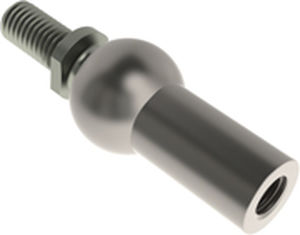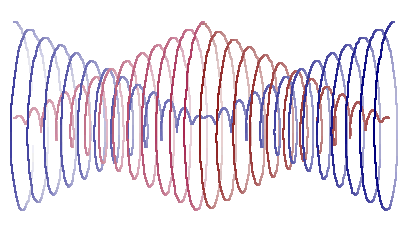|
|
|
|
Students may prepare PowerPoint slides or comparable on-screen projections for this assignment, but not expected or required.
Do not copy and paste materials from course website into PowerPoint. Go directly to website or course texts for materials (e.g., text passages, instructor's discussion questions, objectives, etc.).
If reading assignment comprises several texts, students may focus on one or two—or more!
Time: Formal presentation should be 10-12 minutes. Discussion may continue indefinitely.
Student location: Discussion-starter may work from front of class or remain seated. (Instructor can help with web or projection issues.)
![]()
Start:
You may begin any discussion-presentation by simply opening the floor to comments or questions regarding reading assignment. But eventually . . . >
>
1.Begin formal presentation: Identify an idea, theme, problem, issue,
or course objective in the reading
assignment or
ask a question relevant to reading assignment.
![]() Initial topic or question may be from instructor's discussion questions but not
required. (At some point in
presentation, student should deal with at least one of the instructor's discussion
questions.) . . . or . . .
Initial topic or question may be from instructor's discussion questions but not
required. (At some point in
presentation, student should deal with at least one of the instructor's discussion
questions.) . . . or . . .
![]() Your initial question or topic may be original—but try to relate to
course objectives, terms, recurrent issues, or previous texts.
Your initial question or topic may be original—but try to relate to
course objectives, terms, recurrent issues, or previous texts.
> 2. Direct class (page numbers or passages on-screen) to one or two brief passages from the day's reading assignment. Read selections aloud & apply to opening theme or idea.
(Steps 1 & 2 may be reversed.)
> 3. Ask a question to begin discussion after identifying and reading your passages. The question may be one of the instructor's discussion questions or a question that resulted from your reading. Your question may also appeal more broadly to challenges the text may present to the class. It may also refer to other class readings.
(At some point in presentation, discussion-leader should deal with at least one of instructor's assigned discussion questions.)
> 4. Lead discussion. You may follow up or re-start discussion with follow-up questions as prepared. Or you can give the class a number of questions to choose from.
At some point during your discussion or presentation you should use at least one of the instructor's discussion questions.
> 5. Conclude discussion by reviewing major points raised by presentation or discussion.
The most successful presentations often cycle several times from brief leadership to brief discussion, then back to leadership followed by discussion.
![]()
Alternative approach:
if you're struggling with the day's reading assignment or connecting it to the
course's themes or objectives. consider . . .
1. Review your difficulties with the reading
(often shared by class)—what interest does the
author assume, and what are your interests instead?
2. Locate some parts you liked or nearly liked—what are they offering that you
want more of?
Or some combination of these approaches—your purpose is to connect what you and
fellow students want to discuss with our Course Objectives, so find a way to
start.




